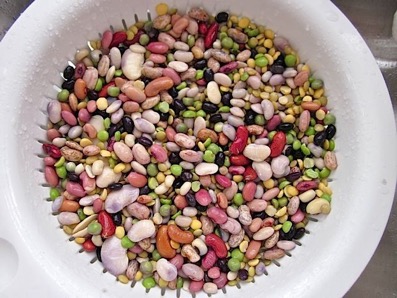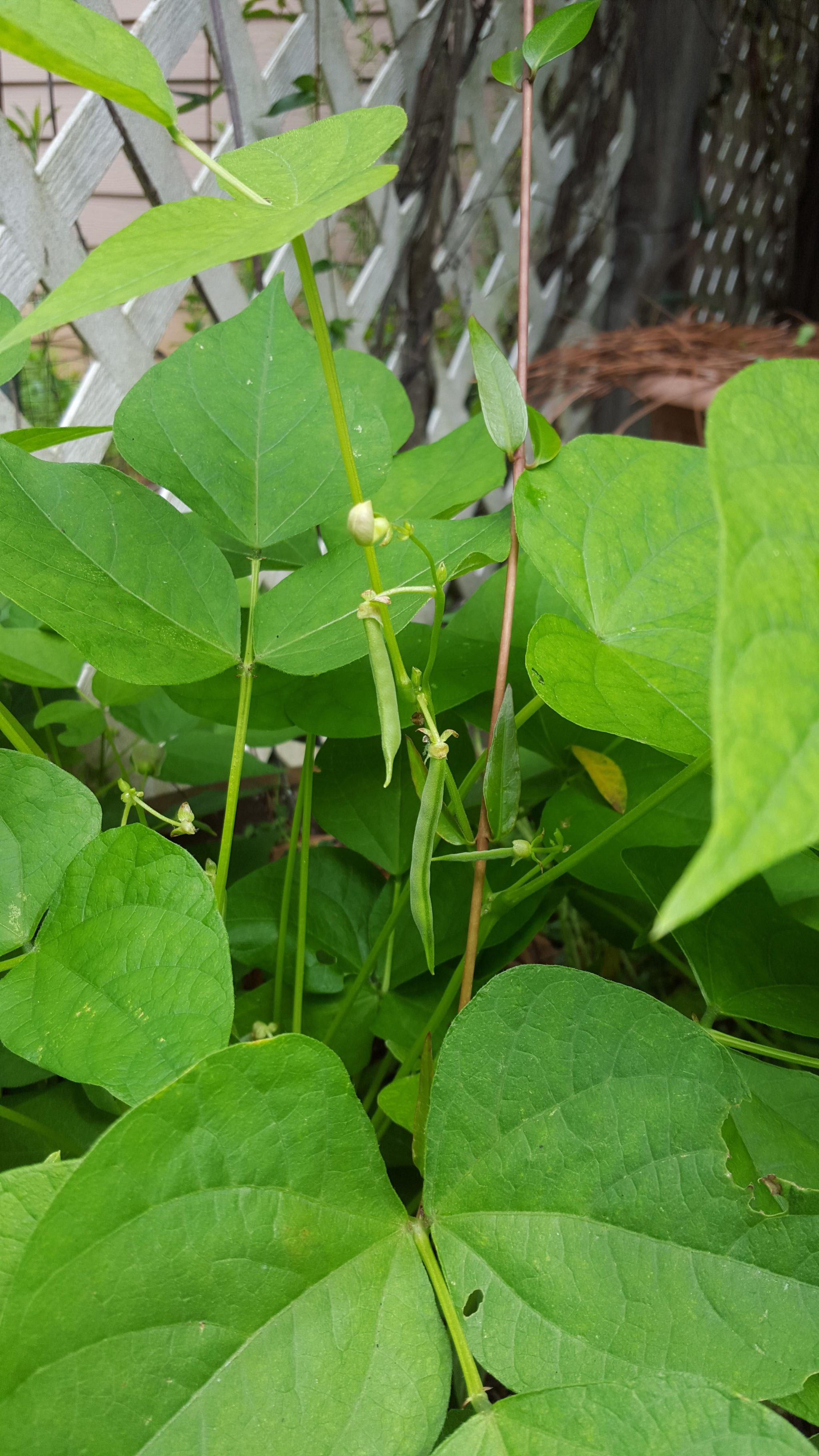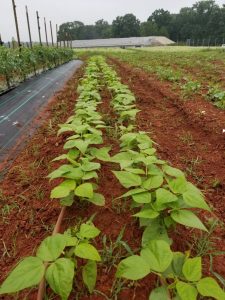For those of you who have been growing legumes and want a great way to use them let me introduce Terry Carter. Terry is a Family and Consumer Science program assistant for Cobb County Extension who does an amazing job sharing the wonders of Southern food.

Terry learned her love of food from her grandmother, Annie Carter, and she has been sharing her love ever since. When asked to share her favorite recipe for beans she gave us a delicious one.
Terry’s Hearty Bean Soup
Ingredients
1 Pound of dried Beans/Peas
8 cups water (use chicken, beef, or vegetable broth for added flavor)
1 medium onion, diced (or one large whole onion for flavor that is removed after cooking)
2 bay leaves ( remove them after cooking)
2 large cloves garlic, minced
2 tablespoon chili powder
2 tablespoon cumin
1 can diced tomatoes (15 oz.) or 2 cups fresh peeled tomatoes (optional)
1 lb. smoked sausage, ham hocks, diced ham or beef stew meat (optional)
Our favorite is to use a leftover hambone with some meat on it or turkey parts. If you are vegan omit the animal and add more seasonings at the end of cooking. This is totally optional. If you use the whole onion and like the flavor you can add one more onion if you like. It will just add more flavor.
Salt and pepper to taste ( this is important, do add some salt or it will still have a bland taste)
Cooking Directions
No Soak Method
In a colander or sieve, rinse beans thoroughly. Sort and inspect for any unwanted debris and discard.
Drain and pour beans in a slow cooker with 8 cups of stock/water, onions, bay leaves, garlic, chili powder, cumin, tomatoes and smoked sausage, hocks, ham or beef stew meat.
Set slow cooker on high and cook for 5 hours (or low for 7-8), or until beans are tender, but not falling apart.
Please keep in mind that every time the lid is opened, your cooking time will be longer.
Add salt and pepper to taste at the end of cooking.
This time may vary depending on the variety of beans you have.
Cooking Tips
Serve with a freshly baked slice of corn bread! You can also serve over rice.
For even more flavor, substitute beef, chicken or vegetable stock instead of water.
You can also add in chicken leg quarters, smoked sausage or beef roast for a one pot meal.
Remember that this is a NO SOAK recipe, but if you have already soaked the beans, that’s not a problem, just use 1 less cup of water/stock.
If you prefer a more “brothy” soup, add an extra cup of liquid when preparing or near the end. Remember this is a soup so you may need that extra liquid to make it soupy. If you prefer a creamier soup, simply mash some of the soft bean or you can use an immersion blender stick to make them creamy. You can turn them all creamy if you like. Basically, this recipe is very versatile and you really can’t mess it up unless you don’t get your beans cooked enough. Taste the beans and make sure that they are soft with no resistance with a creamy texture.
This recipe is easily adapted to fit a variety of beans that we can grow here in The South. You can select just one variety or mix several varieties together to create a version of the popular 15 bean soup. See the 15 bean variety generally used in the 15 bean soup. Use what you harvest or have left over to create a unique soup. Any mix of these beans that make up 16 ounces or 2 cups is sufficient.
15 bean varieties to consider for soup
dried black beans
dried red beans
dried kidney beans
dried navy beans
dried great northern beans
dried baby lima beans
dried field peas
dried pinto beans
dried green split peas
dried yellow split peas
dried black eyed peas
dried red lentils
dried green lentils
dried brown lentils
dried cranberry beans
Thanks, Terry for the recipe! Happy Cooking!


